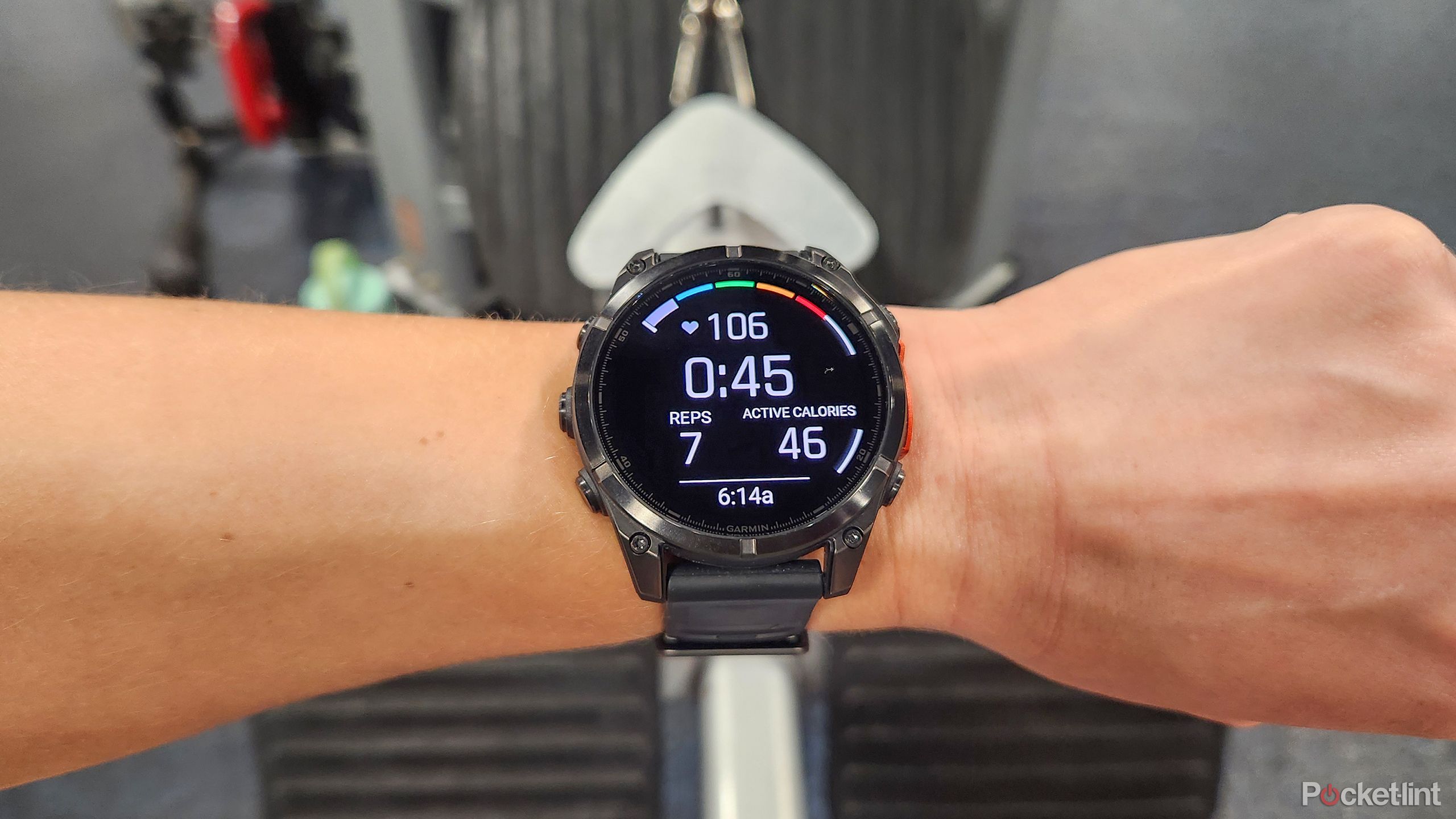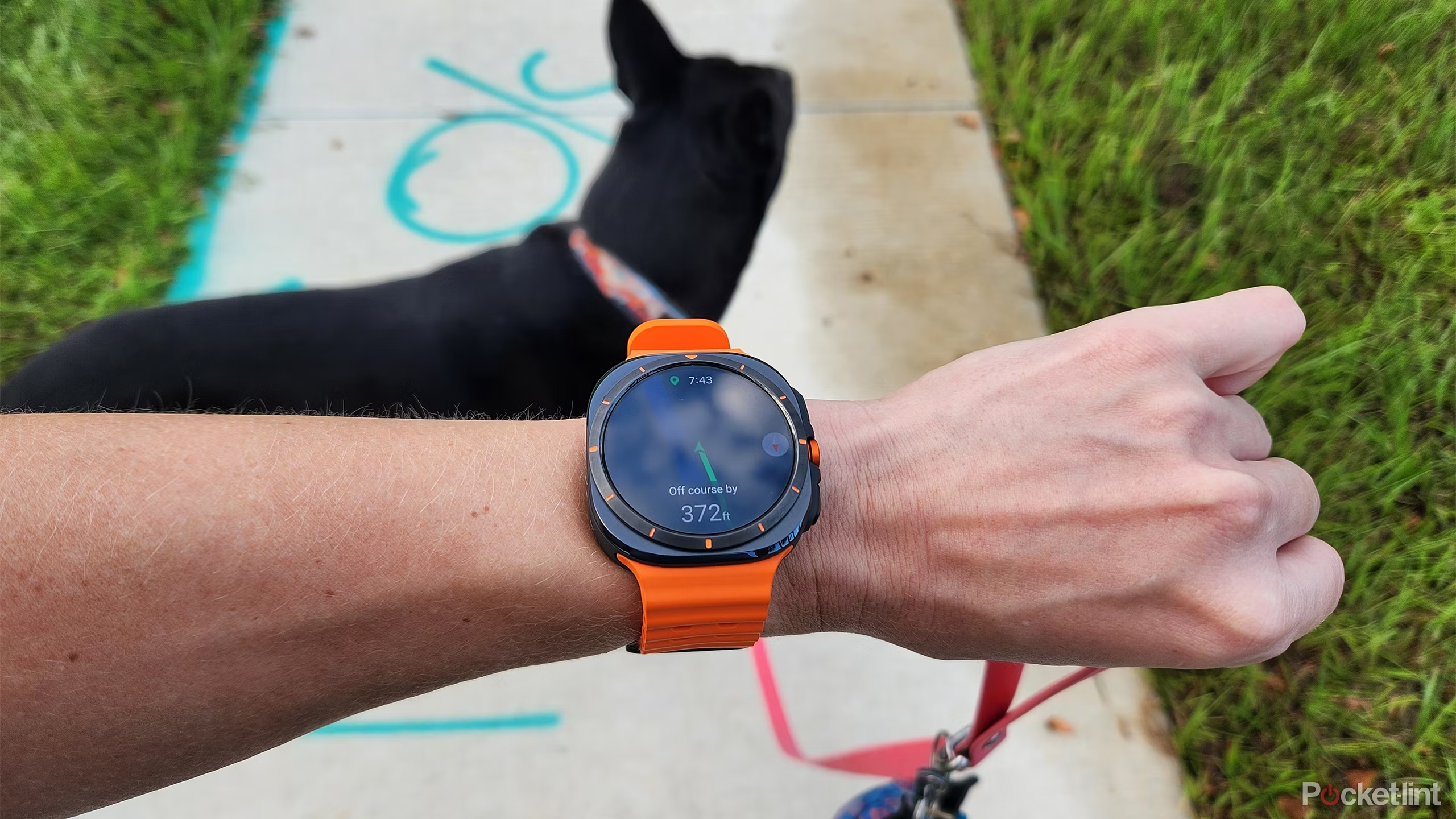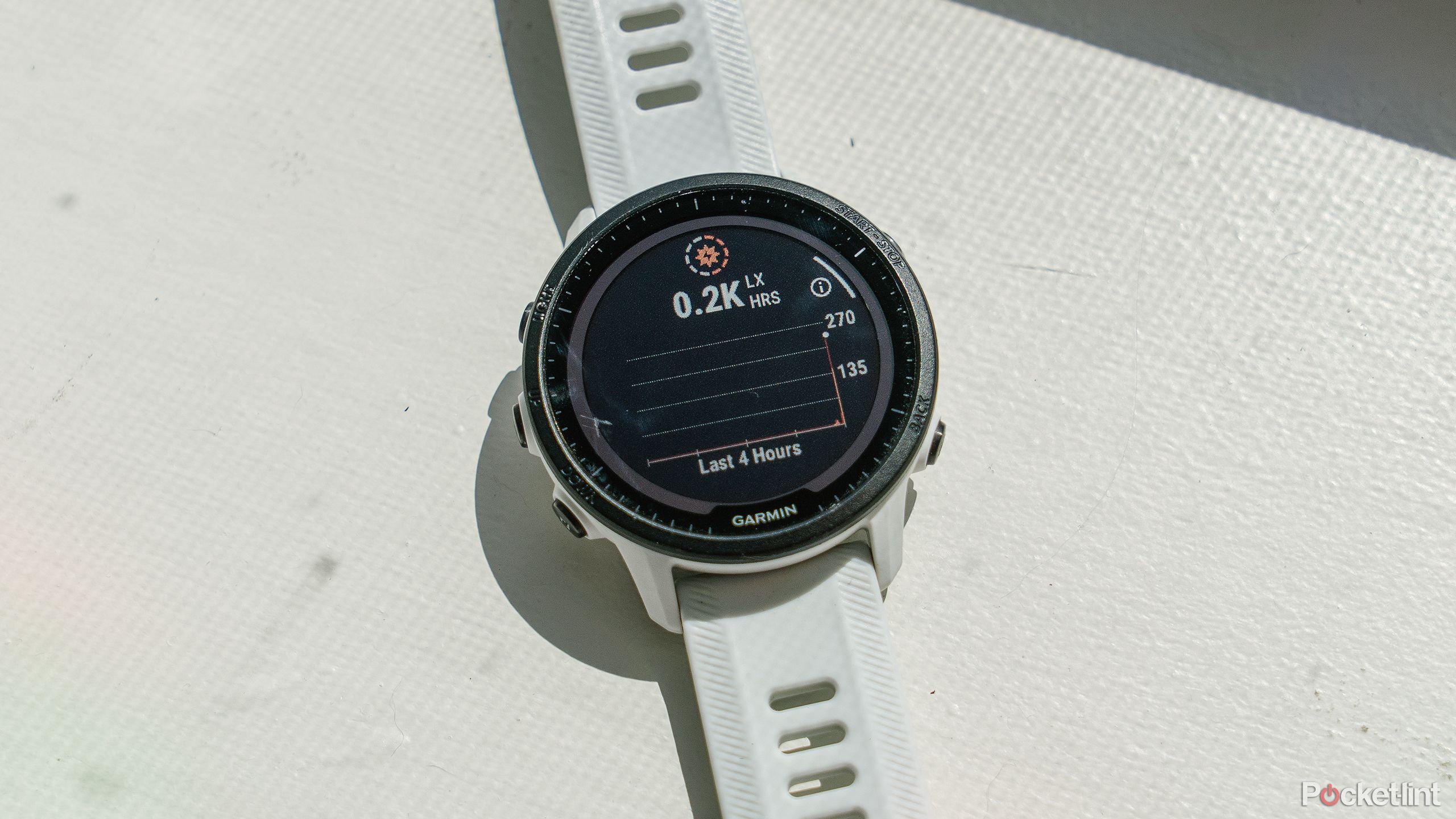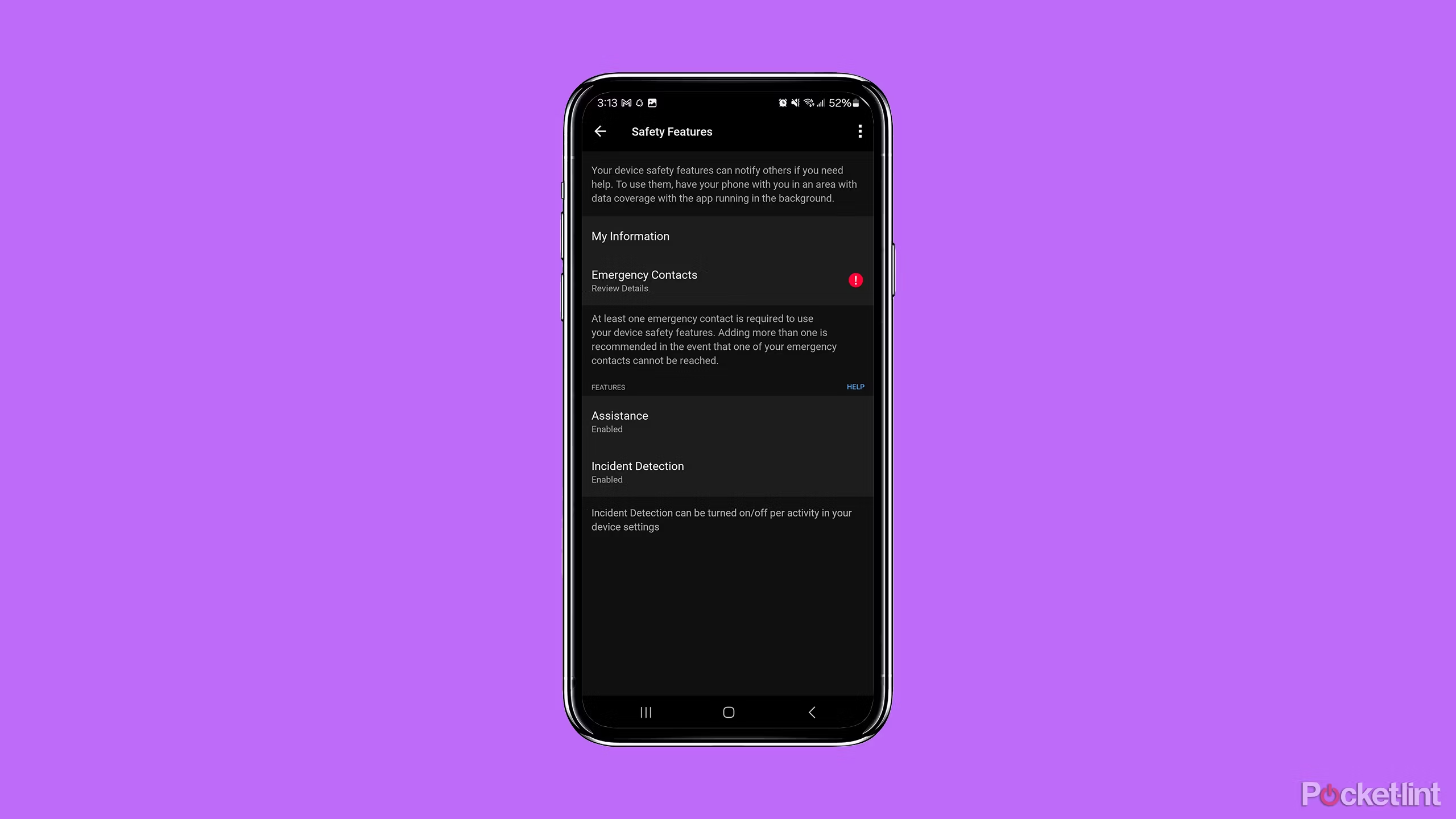Fitness
I would never buy a fitness watch without these 6 things
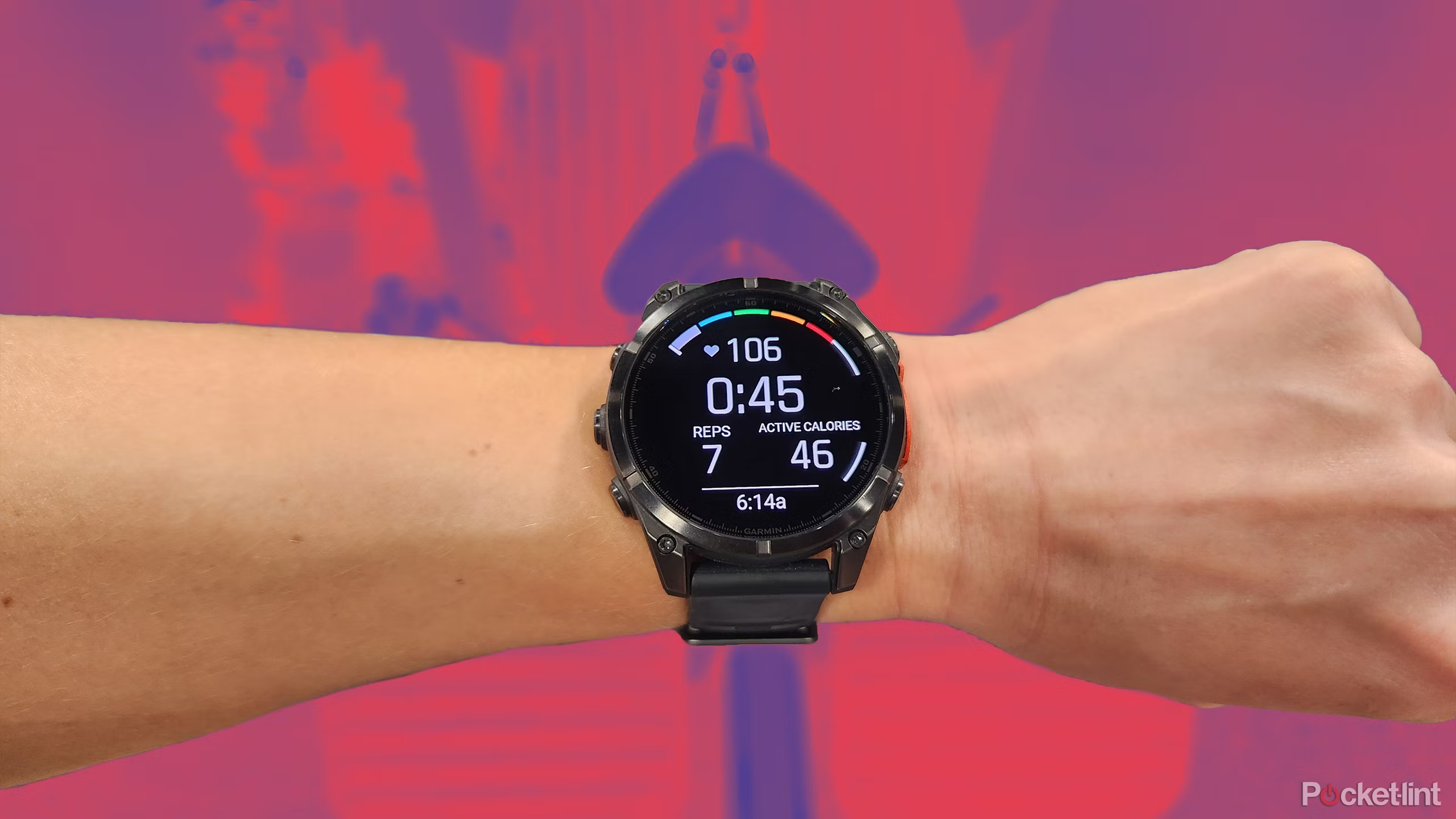
Key Takeaways
- Set and rep counting with a timer for both is crucial for gym sessions.
- Accurate GPS and heart rate tracking help guide workouts as well as recovery.
- Safety features offer a layer of protection when working out.
As an athlete who loves data, I rarely workout without some sort of device that can track my activity. That data helps guide my training and recovery, and as a result, I have high demands for the tech I use during my workouts. My job involves testing and reviewing countless smartwatches, fitness trackers, and smart rings, exposing me to different platforms and tools for collecting and summarizing data. Using all of those different devices has helped me hone in on what I want most in a fitness watch.
There are plenty of nice-to-have features, such as headphone connectivity and music storage for easier listening in the gym. But some tools are absolute musts for me when choosing a watch for fitness purposes. All my time spent testing watches has made me even more particular about fitness watch features, and there are now a handful of things that I could never do without.
Set and rep counting for gym sessions
A tool to help me keep track of sessions
I spend a lot of time in the gym. Strength training is crucial to preventing injuries and aging well, and I simply enjoy lifting heavy things. Unfortunately, most fitness watches and smartwatches have neglected strength training and instead focused on running. That’s starting to change, but only slowly. As a result, not many watches offer one of my must-haves in a fitness watch: rep and set counting.
Some watches, such as Apple, Coros, and Garmin, offer automatic rep counting and set tracking. While the watches don’t get the reps right all the time, and exercises that don’t involve arms moving don’t count reps at all, it’s still far better than nothing. Plus, you can typically manually adjust the reps when it is off, allowing you to keep track in every situation.
I know that the reps of most watches are always pretty spot on for deadlifts, squats, bench press, seated rows, dead bugs, and other similar exercises that involve arm movement. As a result, if I lose count during high-rep sessions, I can glance at my watch to get back on track. The set counting can also help me keep track of how many sets of that given exercise I’ve done, in case I zone out and forget (which can happen when working out at 5:30 am).
As an added bonus, some watches give you the option to add weight after every set, so you can look back at your data to see how your reps change with a given weight over time. I don’t currently use this, as I track that elsewhere with the specific exercise, but it is nice to have the option.
A timer for each set and rest period
Less mental math so I can focus on my workout
One reason I rely so much on set tracking is that it allows me to keep track of the rest period between sets and the amount of time per set. Some of my exercises are time-based instead of rep-based (such as planks), so being able to see the set time is incredibly helpful. I’ve used some watches that count sets but only display the total workout time, not the specific time per set, which means I have to pay specific attention to the time I start the set to judge when I should end.
There are different methods of strength training, but
multiple studies
have shown that a rest period of three to five minutes between sets is the ideal time to prevent injury and maximize your training.
Rest time is also a crucial factor for me when strength training. There are different methods of strength training, but multiple studies have shown that a rest period of three to five minutes between sets is the ideal time to prevent injury and maximize your training. When I’m able to start and stop sets, I can then see the time between sets so that I’m resting appropriately.
Again, when a watch only shows the total time, I have to make a point to look at my watch when I’m done with a set and remember that number to figure out when I should start back up. When I’ve finished a heavy, hard lift, checking the time isn’t first on my brain, so I almost always forget to do that, leaving me guessing. It’s certainly not the end of the world, especially at my level, but it is annoying.
Accurate GPS data for outdoor activities
Precise distance and speed data is crucial
Of course, one of the first things that comes to mind for just about everyone when thinking about a fitness watch is GPS data. Accurate GPS data is a must if you run, cycle, hike, or do anything else outdoors. That location data, beyond simply mapping your activity, also provides distance and speed information, which plays a significant role in judging the intensity of the workout, the training effect, and your recovery needs. A fitness watch without precise location data, then, isn’t very useful.
Some watches let you adjust your GPS settings to balance accuracy and battery, depending on what is most important for a given workout.
Accurate heart rate tracking
Or the ability to pair additional sensors
Even more important than distance and speed data for workouts is heart rate data. I train based on my heart rate zone for all cardio-based activities, so I need to have an accurate heart rate during my workout to adjust the intensity accordingly. If my watch isn’t able to provide that, it isn’t very useful for training.
Luckily, the optical heart rate sensors in most watches these days are pretty accurate, but only for certain types of activities. Swimming and cycling, for example, introduce challenges for those types of monitors, which makes it difficult or impossible to get accurate measurements. In those situations, pairing a stand-alone heart rate monitor (HRM), whether a chest strap or arm band, is a must. Most HRMs use Bluetooth and/or ANT+ connectivity, though not all watches will allow you to pair with external sensors. If I’m looking for a watch specifically for my training, I won’t purchase one that is incompatible with HRMs.
Superb battery life for long activities
Keep me away from the charger as long as possible
While I’m not currently tackling any activities that are excessively long, many do, and I am building up to some longer days. Most smartwatches can’t keep up with long activities since they only offer slightly over a day’s battery life in normal smartwatch mode. GPS and constant heart rate tracking are taxing on battery life, so tracking activities will burn through battery faster than daily smartwatch use. A watch that’s up to activity tracking is important, then.
Similarly, when watches don’t offer long battery life, it naturally means you need to charge it more frequently. That means you have to remember to charge it, or you’ll be like me and get ready to start an activity only to realize the battery is almost dead. Being able to go a while without charging is much more ideal and helps ensure you don’t end up getting out for a workout without a watch.
Emergency contacts and incident detection are essential
Finally, if your training takes you on roads, sidewalks, or a trail, being able to get help quickly in case something happens is critical. Unfortunately, I recently learned firsthand how important safety tools are to watches. I was hit by a car while out walking my dog, and my Garmin watch detected the incident and texted my husband with my precise location. I was able to then text him what happened, but only after he checked in. If I were unconscious or hurt badly enough to be unable to respond, he would know to get help for me and could provide emergency services with my specific coordinates.
Don’t forget to set up your emergency contacts if your watch offers incident detection, or no one will be notified should something happen.

